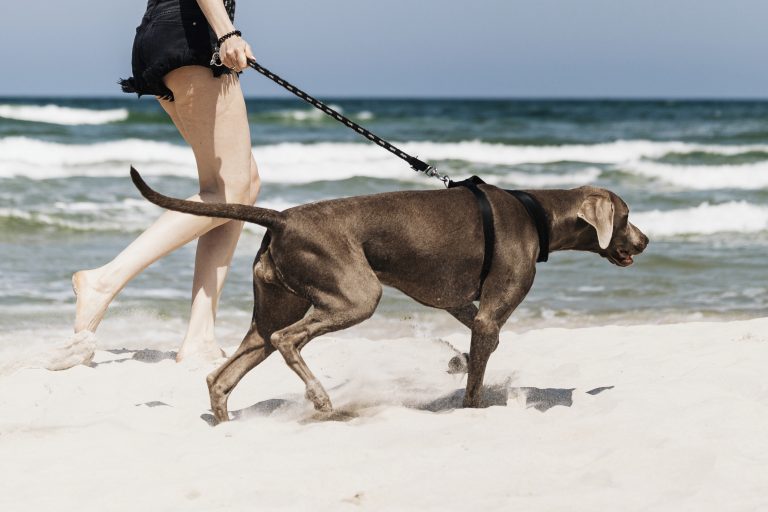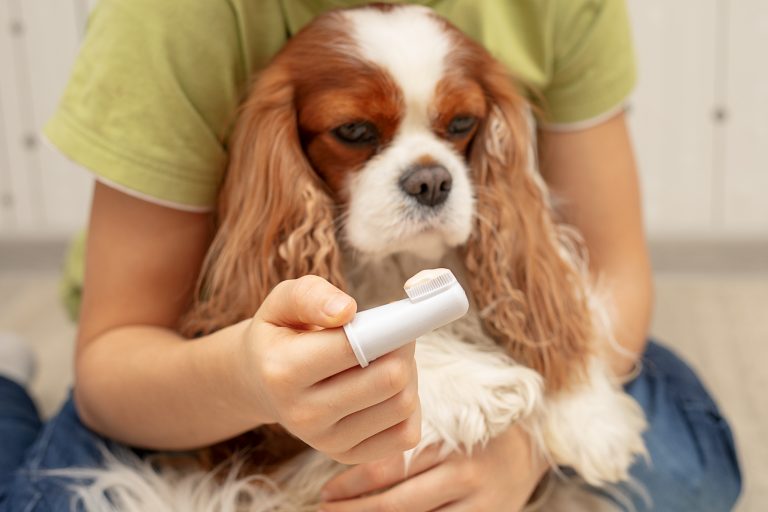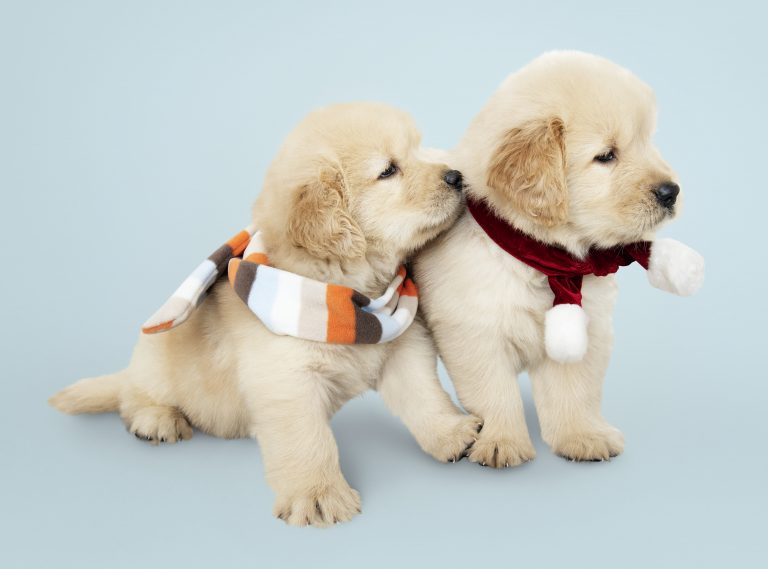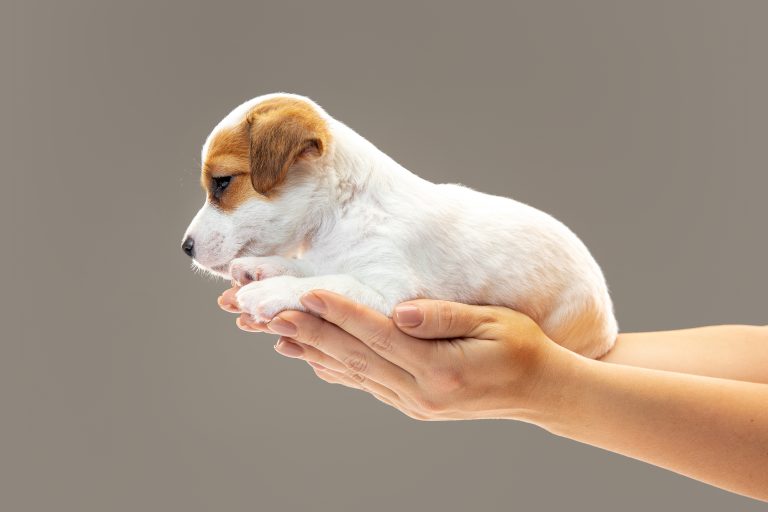How Can You Assist Your Dog In Losing Weight?
Our four-legged friends can make us forget about our health as dog owners, so we love, care for, and nurture them all the time. One thing that many people don’t think about is how much weight they have. You might consider your dog is having a wonderful time because their tail is wagging so much, and their mouth is drooling.
Even though it’s true that dogs can be happy to eat, they could be even happier if their weight didn’t make them feel bad. Canine obesity, like human obesity, can make your dog much more likely to get sick and get hurt because of its weight. Does anyone else understand what happens when you overfeed your dog? It’s a thyroid problem!
Most dogs have trouble with their thyroid gland if they are fed too much. It can also slow down their metabolism more. That’s just one of the things that can happen if you overfeed your dog. There are a lot more risks out there, too. As a result, getting your dog to follow a proper schedule and eat at the correct times will help them stay healthy and lean.
When should a dog eat?
Dogs need to be fed at the same time every day as part of a consistent routine. Make sure your dog doesn’t have to go on a food binge by giving it a lot of food. When should dogs eat? They should eat at least two meals a day for the first few days. But just as important, if not more important. To figure out how much to supply your dog, the first thing you should do is see your vet.
Their dimensions and weight will be taken by a veterinarian, who will then compare them to their optimal weight. They will then provide you suggestions on how much and what sort of food to feed your dog daily. A vet will also help you figure out where the weight is stored, what’s causing your dog to gain weight, and how you can help your dog lose some pounds.
Only one person can help your dog lose weight: you, their owner. In the beginning, it’s not very easy, but with time and consistency, it can be done. Help your dog lose weight and keep well with these top tips. It’s also a good idea to talk to your veterinarian first before making these kinds of changes.
6 weight-loss strategies for your dog
Measure Your Dog’s Food To Keep It Right
Measure all the food you provide your dog and test to cut it in half. People can be tracked with this. You can see what they’re eating and how much of it makes them fat.
Keep Your Dog Out Of The Dining Table
Keep your dog off the table. If you want your dog to lose weight, don’t give it food scraps or leftovers. Adding more fat or calories to their meal may seem like a healthy treat, but it’s not. You already provide them with a lot of food and grease. Here are the 10 foods that are most dangerous to dogs.
Low-calorie options
Consider giving your dog low-calorie treats, healthy supplements, and natural alternatives to what you’re used to giving him. It’s an excellent thought to make your child fruit and vegetable joys instead of meat-based pleasures. Just make sure that the ingredients aren’t hurting your dog or cat.
Consistency Is Important
Make sure that everyone in your family is on the same page about your dog’s new diet. If you wish to create your dog’s food better, you have to be patient and keep it up.
Check On Progress
They can keep an eye on their progress by having weekly weigh-ins. You want to make sure that all of your efforts are good for your dog’s health. Everyone should have a good time on a weigh-in day.
Keep The Right Weight
This is not a short-term solution. It should be a long-term benefit for your dog if you keep their diet and meal plan healthy. This is good for their health and their well-being. Don’t let them down.
Exercise
A lot of the time, this is significant for your dog’s weight loss, too. It’s fun and easy for them to work out. People can go for walks, runs, or swim. If you want to do this, it’s always best to start small and work your way up over time.
How quickly does a dog lose weight?
Ask your vet how lengthy it will bring to see your dog lose weight. This answer is based on what kind of exercise they do, how often they do it, and what they eat. Dogs are thought to lose between 2% and 4% of their weight each week until they reach a healthy weight. When your dog is dieting, you should get it checked by the vet or do it yourself every few weeks.
The last thoughts
As a whole, you should measure how much your dog eats, give them low-calorie options, and more to help them lose weight. If none of this works, your dog might have a problem that is more than just weight. Make sure your vet knows how far you’ve come and what you’ve done so they can look into it more.







